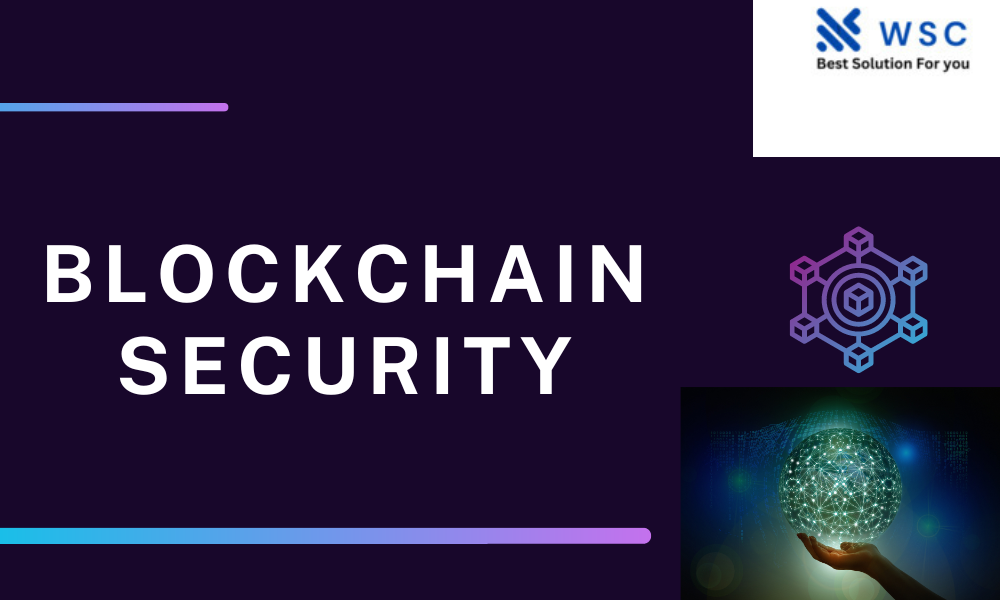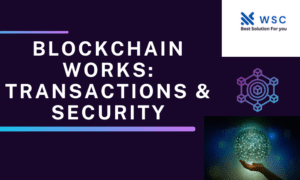Fortifying Blockchain Security
In today’s digital landscape, blockchain technology has gained immense popularity for its decentralized nature and secure transactional capabilities. However, as with any innovative technology, it is crucial to be aware of potential security risks and adopt best practices to mitigate them effectively.
Understanding Blockchain Security
Blockchain security is paramount to maintaining trust in this revolutionary technology. Let’s delve into the primary security risks associated with blockchain and explore secure coding practices to protect your assets.
The Threat of 51% Attacks
51% attacks represent a significant security concern in the blockchain world. When a single entity or group controls more than 51% of a blockchain’s computing power, they can manipulate transactions and compromise the network’s integrity. To defend against this threat, blockchain networks must continuously upgrade their consensus algorithms and encourage decentralized mining.
Guarding Against Double Spending
Double spending occurs when a user spends their cryptocurrency twice, exploiting a momentary flaw in the system. Blockchain security protocols prevent this by ensuring each transaction is verified and added to the ledger in chronological order. By adhering to best practices in secure coding, developers can further reinforce these safeguards.
Secure Coding Practices for Blockchain
Strengthening Coding Practices
To enhance blockchain security, developers must prioritize secure coding practices:
- Input Validation: Verify all data inputs to prevent malicious code injection and ensure the integrity of transactions.
- Access Control: Implement strict access controls to limit who can modify critical parts of the blockchain.
- Consensus Algorithm: Regularly update and review consensus algorithms to stay ahead of potential vulnerabilities.
- Smart Contract Auditing: Thoroughly audit and test smart contracts to identify and rectify vulnerabilities.
- Encryption: Use strong encryption methods to protect sensitive data on the blockchain.
- Immutable Logs: Maintain immutable logs of all transactions and system activities for transparent auditing.
By following these practices, blockchain developers can contribute to a more secure and resilient blockchain ecosystem.
Conclusion
Blockchain security is an ever-evolving field, and staying informed about potential risks is essential for both developers and users. By understanding 51% attacks, double spending threats, and implementing robust secure coding practices, we can fortify the chain and ensure the continued success of blockchain technology in an increasingly digital world.
Check our tools website Word count
Check our tools website check More tutorial




